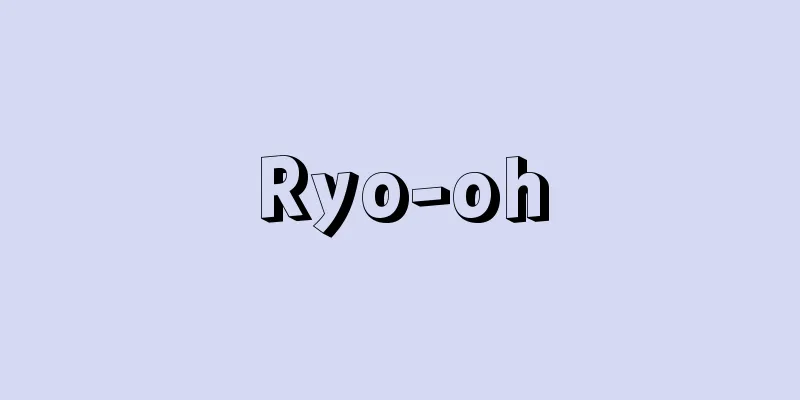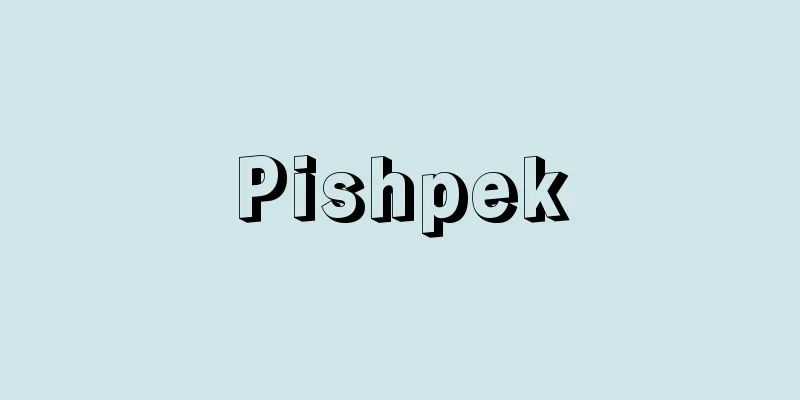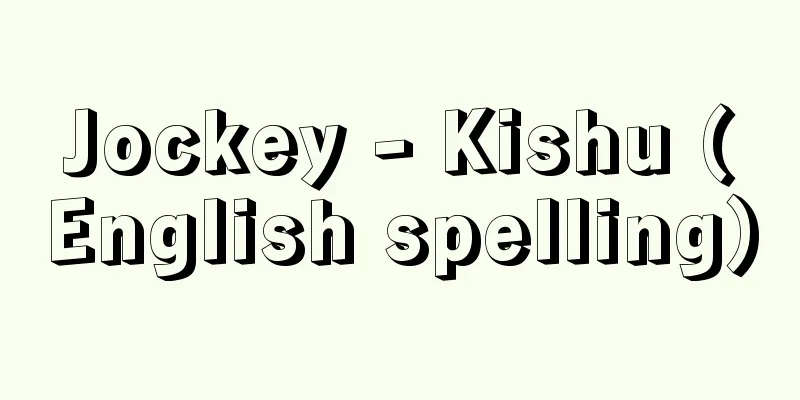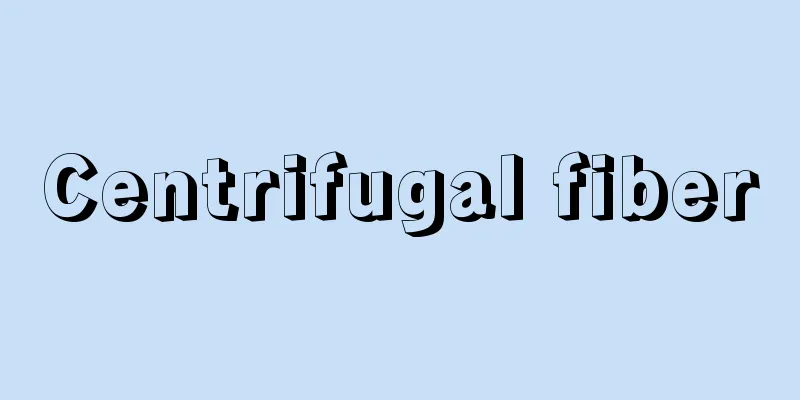Pests - Gaichu
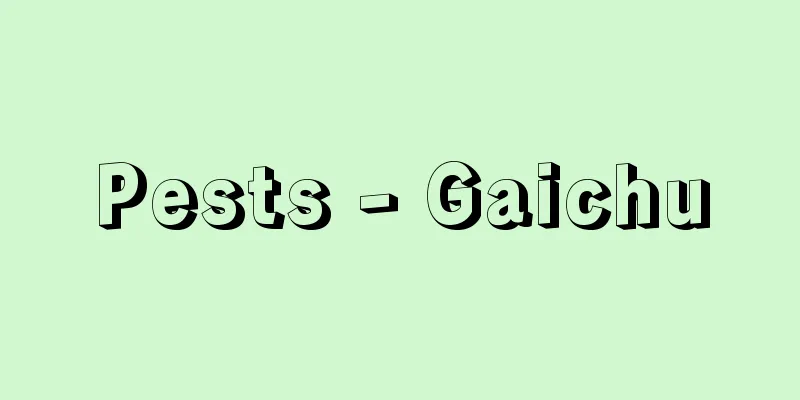
|
A convenient name for insects that are directly or indirectly harmful to human life. A term opposed to beneficial insects. This name is given for the convenience of humans depending on how they perceive the relationship between humans and insects, and is not absolute. The same type of insect can be a pest if it eats plants that humans consider useful, and a beneficial insect if it eats plants that humans consider to be weeds. In addition to insects, mites, chiggers, roundworms, tapeworms, and slugs that cause damage to humans, livestock, and crops are also generally included in the category of pests. Sanitary pests that directly harm the human body are among those with a clear relationship of interest. These are insects that have an unfavorable relationship with humans in the natural environment and human living environment, and the following insects can be mentioned. Fleas, bedbugs, lice, pubic lice, mosquitoes, black flies, midges, horseflies, and tsetse flies are blood-sucking insects that bite humans and sometimes transmit disease. Hornets, paper wasps, tussock moths, and ants sting humans with their poisonous stingers or hairs, while rove beetles and long-horned beetles are poisonous insects that secrete toxic venom from their bodies. Agricultural production environments are places of food production, which is the basis of human life, and insects that harm crops and livestock have been considered important since ancient times. Many insects, such as rice stem borers, cutworms, planthoppers, leafhoppers, aphids, scale insects, stink bugs, and leaf beetles, are problematic as agricultural pests. In addition, rice moths, rice weevils, mealworms, and other insects appear in large amounts in harvested grains and processed products, and are called grain storage pests. In livestock farms, livestock pests such as stable flies and horseflies that attack livestock appear in large numbers, causing harm to the livestock and giving them psychological shock. Cheese flies and cutworms appear in dairy products and dried fish and shellfish, and are called food pests. These insects were attracted to environmental conditions that created a large amount of food that insects need in one place for a certain period of time within the human living environment as human life became more affluent, and invaded and became pests. In this case, flies and cockroaches, which mechanically transmit infectious diseases and parasitic eggs, are not true sanitary pests (vectors), but should be called environmental sanitary pests, which are pests that have arisen as a result of environmental changes accompanying the development of human life. Similar to these are termites, ants, powderpost beetles, and other household pests that damage materials and furniture in homes, and the number of pests in the human living environment is increasing. Recently, insects that have simply appeared in large numbers have become problematic and are called nuisance pests. Mass outbreaks of midges, fruit flies, and sphaeroceras flies occur in large numbers due to the unique environment of human life. Many pests, except for human parasites, biting insects, and poisonous insects, have become problematic as a result of the disruption of natural ecosystems accompanying the historical development of agricultural production environments (farming, livestock farming, afforestation) and human living environments (factories, rural areas, cities). Once pests have invaded and adapted to human living environments, they have the tendency to spread to similar environments all over the world. The development of transportation and transportation in modern society has played a role in this dispersion and migration, and has led to international problems such as the Japanese beetle invading North America from Japan and causing great damage to soybeans, and the American soldier fly and the American fall webworm invading Japan from foreign countries. For this reason, airports and ports have plant protection stations and quarantine stations to check the movement of pests. [Hiroshi Kurahashi] ControlThe following various methods are considered effective for controlling pests: (1) Detecting and catching and killing them by hand. (2) Physical control methods that use ultrasound, reduced pressure, light, temperature and humidity to repel or kill pests. (3) Chemical control methods that use insecticides, fumigants, repellents, attractants, sterilants, etc. to repel or kill pests. (4) Biological control methods that use parasitic insects, predatory insects, parasitic fungi, insect viruses, etc. (5) Control methods that involve environmental improvements, such as changing the cultivation period for crops and improving work methods. Many methods are used. Recently, instead of relying on a single method, integrated control methods that combine all effective methods have been researched and implemented. In addition, in the agricultural and forestry sectors, a nationwide outbreak forecasting project has been organized so that the trends of pest outbreaks can be known in advance and control measures can be taken promptly. [Hiroshi Kurahashi] Source: Shogakukan Encyclopedia Nipponica About Encyclopedia Nipponica Information | Legend |
|
人間の生活に対して直接または間接に害を与える昆虫の便宜上の呼称。益虫に対する語。この呼称は、人間と昆虫との関係のとらえ方によって、人間の都合でよばれるものであって、絶対的なものではない。同じ種類の昆虫でも人間が有用だと判断している植物を食する場合は害虫となり、雑草だと判断している植物を食する場合は益虫ともなる。昆虫以外にも、人、家畜、作物に被害を与えるダニ、ツツガムシ、回虫、サナダムシ、ナメクジなども一般に害虫に含められる場合がある。利害関係の明瞭(めいりょう)なものに直接人体を加害する衛生害虫がある。これらは自然環境や人間の生活環境下で人と好ましくない関係をもつもので、次の昆虫類があげられる。 ノミ、ナンキンムシ(トコジラミ)、シラミ、ケジラミ、カ、ブユ、ヌカカ、ウシアブ、ツェツェバエなどは、人を刺し、ときに病気を伝染させる吸血昆虫である。スズメバチ、アシナガバチ、ドクガ、アリなどは、毒針や毒毛で人を刺し、アオバアリガタハネカクシ、カミキリモドキ類は、有毒な毒液を体から分泌する有毒昆虫である。 農業生産環境は人間生活の基盤となる食糧生産の場であり、作物や家畜を加害する昆虫は古くから重要視されてきた。ニカメイガ、ヨトウムシ、ウンカ、ヨコバイ、アブラムシ、カイガラムシ、カメムシ、ハムシなど多くの昆虫が農業害虫として問題となる。また、収穫した大量の穀類やその加工品などにはコクガ、コクゾウ、ゴミムシダマシなどが発生し、貯穀害虫とよばれる。畜産の場では家畜を襲うサシバエ、ウシアブなどの家畜害虫が大量に発生し、家畜を加害したり、精神的ショックを与えたりする。酪農製品や魚貝類の乾物にはチーズバエやカツオブシムシなどが発生し、食品害虫とよばれる。これらの昆虫は、人間の生活が豊かになり、人間の生活環境内に昆虫が必要とする餌(えさ)が1か所に、しかも多量に一定期間存在する環境条件ができあがり、それにひかれて侵入し害虫化した。その際、機械的に伝染病や寄生虫卵などを媒介するハエやゴキブリは真の衛生害虫(ベクター)とは異なり、環境衛生害虫というべきもので、人間生活の発展に伴う環境の変化の結果生み出された害虫である。これと似たものに、住居の材料や家具などを加害する家屋害虫のシロアリ、アリ、キクイムシ、シバンムシなどがあり、人間の生活環境の害虫は増加している。 最近は、単に多量に発生したムシというだけで不快害虫(ニューサンス)とよばれて問題となる。ユスリカ類、クロショウジョウバエ、ハヤトビバエ類などの大量発生は、人間生活の特殊環境から大量に発生している。害虫は、人体寄生虫、刺咬(しこう)昆虫、有毒昆虫などを除き、農業生産環境(農耕、牧畜、造林)、人類生活環境(工場、農村、都市)などの歴史的発展に伴って、自然の生態系が乱された結果、大量発生して問題となるものが多い。ひとたび人間の生活環境に侵入して適応した害虫は、世界中至る所の似たような環境に移って広がる性質をもっている。この分散移住に一役買っているのが、近代社会の交通、輸送機関の発達であり、マメコガネのように日本から北アメリカに侵入してダイズに大被害を与えたことや、逆にアメリカミズアブやアメリカシロヒトリのように外国から日本に侵入したりして国際的な問題となる。そのため、空港や港には、害虫の移動をチェックする植物防疫所や検疫所が設けられている。 [倉橋 弘] 防除害虫防除には次のような各種の方法が有効とされている。(1)発見して手で捕殺する。(2)超音波、減圧、光線、温湿度などを利用して防虫したり、殺虫したりする物理的防除法。(3)殺虫剤、燻蒸(くんじょう)剤、忌避剤、誘引剤、不妊剤などによる防虫および殺虫を行う化学的防除法。(4)寄生昆虫、捕食昆虫、寄生菌、昆虫ウイルスなどを利用する生物学的防除法。(5)作物の耕作期の変更や作業方法の改善など、環境改善による防除法など、多くの方法がとられている。 最近は単一の方法だけに頼るのでなく、効果のあるあらゆる方法を併用した総合防除法が研究され実施されるようになってきた。また、農林業関係では、あらかじめ害虫の発生動向を知り、それに速やかに対応して防除対策がたてられるように、全国規模で発生予察事業が組織されている。 [倉橋 弘] 出典 小学館 日本大百科全書(ニッポニカ)日本大百科全書(ニッポニカ)について 情報 | 凡例 |
<<: Underwater park - Kaichu Koen
>>: Roundworm (Ascaris) - Roundworm
Recommend
Popliteus disease - Popliteus disease
People who are thought to be in good health may su...
Melde's experiment - Melde's experiment
An experiment to investigate the vibration of a st...
English calendar - English calendar
...Used for various astronomical observations, as...
Oliven
…Olibanum is also called olibanum, and in China i...
Ususama Myoo - Ususama Myoo
A transliteration of the Sanskrit Ucchuṣma, origin...
Dacryocystitis
…However, if it is due to a congenital abnormalit...
Parliament Enclosure
… The English Revolution in the mid-17th century ...
Kampov, BN (English spelling) KampovBN
...Soviet novelist. Real name BNKampov. Originall...
"Record of the Battle of Kawanakajima"
...Storytelling. Also known by titles such as &qu...
Katsuragi Shrine
...The name Kanegōzan comes from this mountain na...
Median apple
…Citrons were native to Media (present-day northw...
Employment policy
A policy to prevent unemployment and ease employme...
All Japan Dentsu
Its official name is the National Telecommunicatio...
God's foot - Kamiashiage
…In addition to the Utaki, each village has a sac...
Chimaki (Chimaki) - Chimaki
A type of mochi made by kneading rice flour or glu...
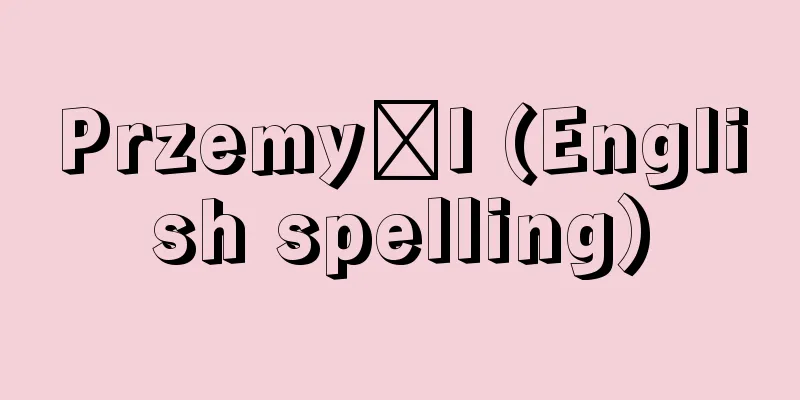
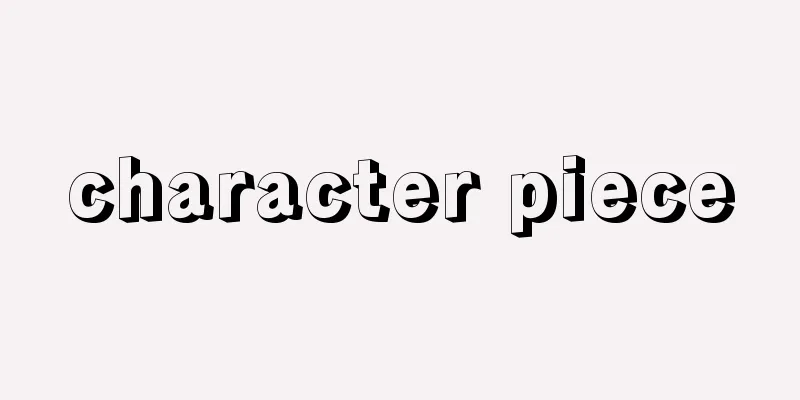
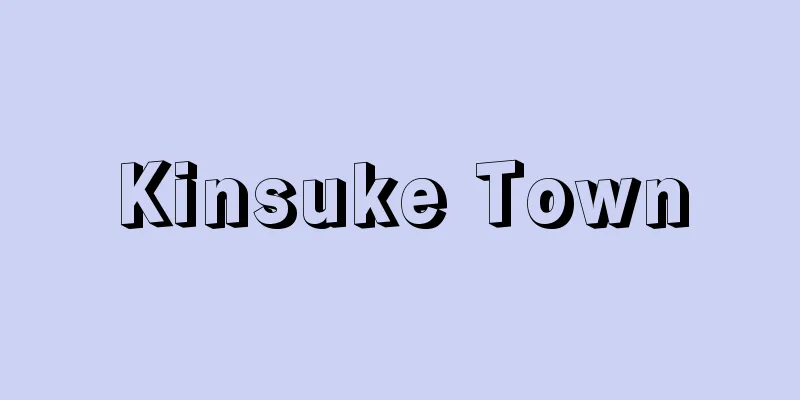
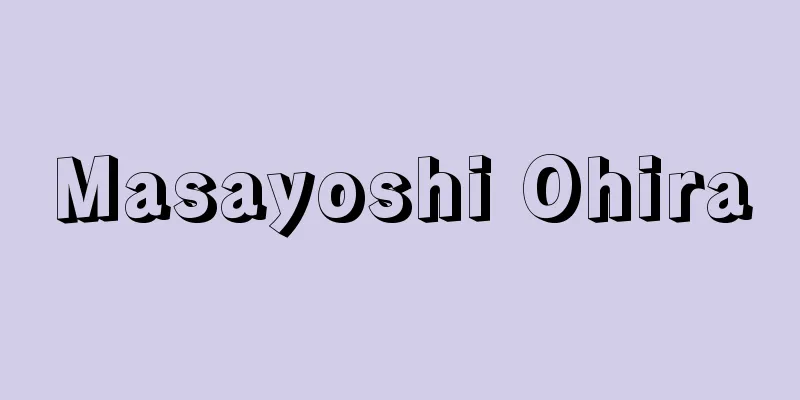
![Monzen [town] - Monzen](/upload/images/67cd084528fef.webp)
